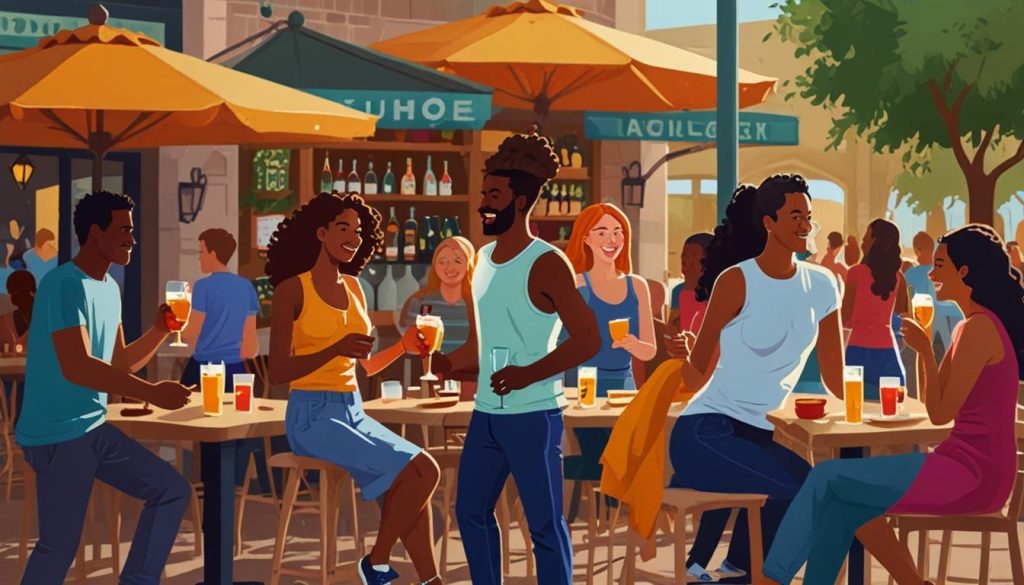The low-alcohol beverages market is projected to grow by USD 332 million from 2024 to 2028, driven by increasing consumer health awareness and diverse lifestyle changes.
Global Low-Alcohol Beverages Market Set for Significant Growth Amidst Health Consciousness Boom
The market for low-alcohol beverages is projected to see notable growth over the next few years, buoyed by increasing consumer health awareness and changing lifestyle preferences. According to a report from Technavio, the market is expected to expand by USD 332 million from 2024 to 2028, growing at a compound annual growth rate (CAGR) of over 4.54%.
Drivers of Market Expansion
The rise in demand for low-alcohol beverages can be largely attributed to heightened consumer interest in health and wellness. There is a growing inclination towards gluten-free and low-calorie beers, partly due to an increase in health-conscious lifestyles and the prevalence of conditions such as celiac disease. This trend has spurred market players to introduce products tailored to these preferences. For instance, Good Drinks Australia Ltd recently launched Rider Lite, a no-carb, low-calorie beer infused with electrolytes specifically targeting younger demographics such as Gen Z and millennials.
Market Composition and Key Players
The low-alcohol beverage market is fragmented, featuring several key players including Accolade Wines Australia Ltd., Anheuser Busch InBev SA NV, and Heineken NV among others. The market is segmented by distribution channel (off-trade and on-trade), product type (low alcohol beer, wine, ready-to-drink beverages, cider, and spirits), and geography. Europe is expected to remain the largest market, contributing 37% of the overall market growth, followed closely by North America and APAC regions.
Off-Trade Distribution Dominance
The off-trade segment, which includes sales through supermarkets, hypermarkets, and online platforms, is gaining traction. Major retail chains like Tesco and Carrefour have dedicated sections for low-alcohol beverages, catering to the rising consumer demand. Online platforms are also seeing increased popularity, particularly in urban areas where consumers appreciate the convenience and variety available at their fingertips.
Counterfeit Challenges
However, the market faces significant hurdles, primarily due to the proliferation of counterfeit low-alcohol beverages. These fake products, often produced with substandard raw materials, pose serious health risks. The presence of such counterfeit goods, especially in developing regions, affects genuine vendors by undercutting prices and damaging brand reputations. Despite efforts by companies to raise consumer awareness through advertising and promotional campaigns, these initiatives are costly and often strain profit margins.
Outlook and Trends
The market for low-alcohol beverages is aligned with broader trends of mindful consumption and healthier drinking habits. With innovations like flavourful cocktails and creative low-alcohol beers, the industry is set to cater to a diverse array of tastes while maintaining a focus on quality and nutrition. Nonetheless, the industry must address the continuous challenge of counterfeiting to fully realise its growth potential.
In conclusion, while the low-alcohol beverage market is on a promising growth trajectory, the journey will require navigating through counterfeit pitfalls and evolving consumer tastes. With a focus on quality and health-conscious options, the market is poised to meet the demands of a new generation of consumers.


